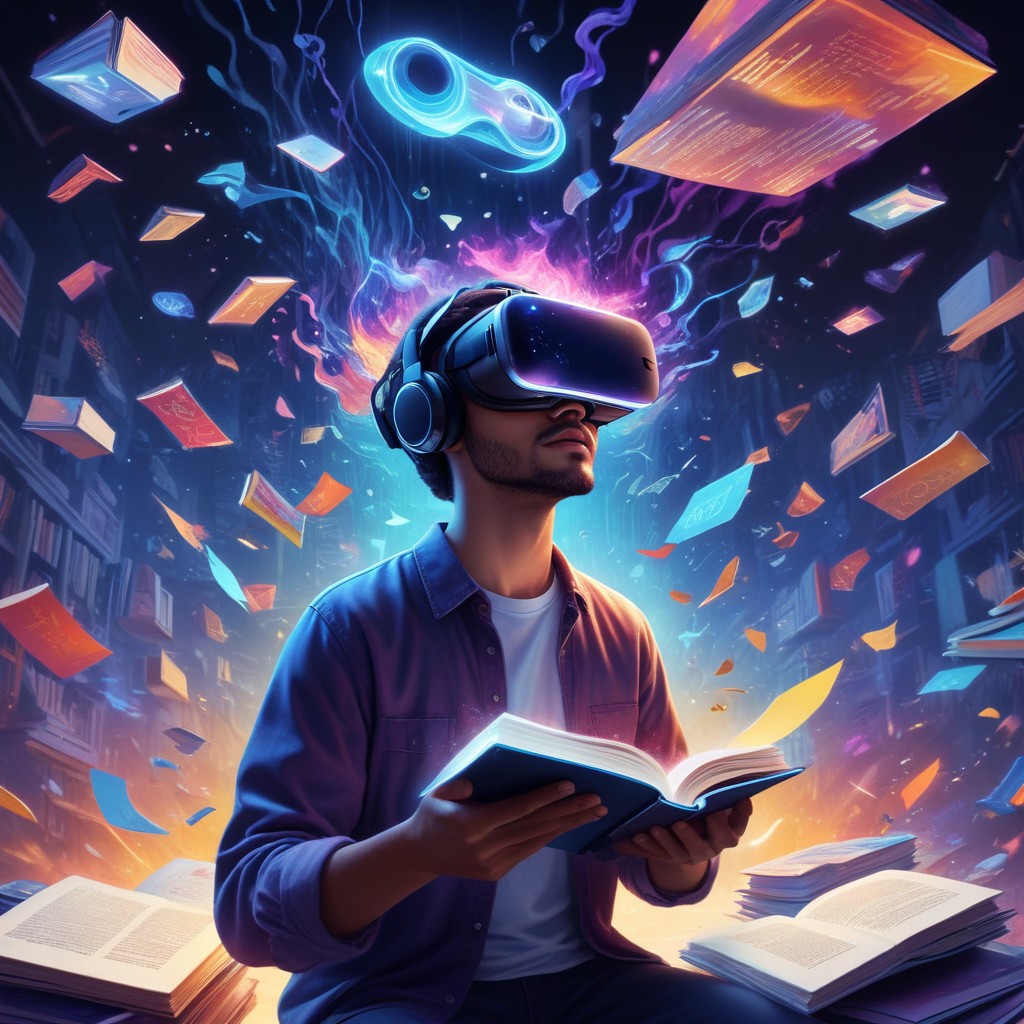The evolution of e-readers has significantly transformed reading habits over the past few decades, providing readers with convenience, accessibility, and a plethora of digital content options. Here’s an in-depth look at how e-readers have evolved and their impact on reading habits:
1. Early Development of E-Readers
Initial Innovations
- 1990s Beginnings: The first e-readers appeared in the late 1990s, such as the Rocket eBook and SoftBook Reader, offering basic digital reading capabilities but limited by technology and content availability.
- LCD Screens: Early e-readers used LCD screens, which were not ideal for extended reading due to eye strain and limited battery life.
E Ink Technology
- Introduction of E Ink: In the early 2000s, E Ink technology revolutionized e-readers by providing a paper-like reading experience with high contrast, no glare, and low power consumption.
- Sony Librie: Released in 2004, the Sony Librie was the first e-reader to use E Ink, setting the stage for future devices.
2. Mainstream Adoption
Amazon Kindle
- Launch in 2007: The release of the Amazon Kindle marked a major milestone, combining E Ink technology with wireless connectivity and a vast eBook store.
- Kindle Store: The integration of the Kindle Store allowed users to purchase and download books directly to their device, greatly enhancing convenience and accessibility.
Competition and Innovation
- Barnes & Noble Nook: Launched in 2009, the Nook offered competition to the Kindle, featuring a color LCD touchscreen for navigation and a secondary E Ink display for reading.
- Kobo and Others: Kobo, along with other brands, entered the market, offering features like customizable fonts, extensive libraries, and support for various file formats.
3. Technological Advancements
Improved Displays
- Higher Resolution: Advances in E Ink technology led to higher resolution screens, improving text clarity and reading comfort.
- Front Lighting: Innovations like front-lit screens (e.g., Kindle Paperwhite) allowed users to read in low-light conditions without the eye strain associated with backlit displays.
Enhanced Features
- Touchscreens: Touchscreen technology became standard, enabling easier navigation and interaction with the device.
- Waterproof Designs: Waterproof e-readers, such as the Kindle Oasis, allowed users to read in various environments, including the bath or pool.
Integration with Ecosystems
- Synchronization: Seamless synchronization with cloud services enabled users to access their library across multiple devices, including smartphones, tablets, and computers.
- Audiobook Integration: Services like Amazon’s WhisperSync and integration with Audible allowed users to switch between reading and listening effortlessly.
4. Impact on Reading Habits
Accessibility and Convenience
- Portable Libraries: E-readers enable users to carry thousands of books in a single device, making it easier to read anywhere and anytime.
- Instant Access: The ability to purchase and download books instantly encourages spontaneous reading and exploration of new genres and authors.
Reading Frequency and Volume
- Increased Reading: The convenience and portability of e-readers have led many users to read more frequently and consume a higher volume of books.
- Diverse Content: Access to a wide range of content, including self-published works and digital-only releases, has expanded reading choices.
Customization and Personalization
- Adjustable Settings: E-readers allow users to customize font size, style, and line spacing, enhancing readability and catering to individual preferences.
- Reading Preferences: Features like built-in dictionaries, highlighting, and note-taking support deeper engagement and learning.
Environmental Impact
- Reduced Paper Usage: E-readers contribute to environmental sustainability by reducing the need for physical books and the associated paper, printing, and transportation.
5. Challenges and Considerations
Digital Fatigue
- Screen Time: Despite advancements, some readers experience digital fatigue or prefer the tactile feel of physical books for long reading sessions.
- Eye Strain: Extended use of e-readers can still cause eye strain, particularly with backlit screens.
Digital Rights Management (DRM)
- Content Ownership: DRM restrictions can limit how users access and share eBooks, leading to concerns about digital ownership and access.
Market Saturation
- Device Competition: The rise of multi-purpose devices like tablets and smartphones has created competition for dedicated e-readers, impacting market growth.
6. Future Trends
Enhanced Interactivity
- Interactive Content: Future e-readers may offer more interactive and multimedia-rich content, blending text with audio, video, and animations.
- Augmented Reality (AR): Integration of AR could provide additional layers of information and interactivity within digital books.
Advanced Customization
- AI and Personalization: AI could offer personalized reading recommendations and dynamically adjust reading settings based on user habits and preferences.
- Health and Wellness: Features to reduce eye strain, track reading habits, and promote healthy reading practices could become standard.
Conclusion
The evolution of e-readers has significantly influenced reading habits by providing greater convenience, accessibility, and a diverse range of content. While there are challenges such as digital fatigue and DRM issues, the continued advancements in e-reader technology and features promise to further enhance the reading experience and foster a more connected and engaged reading community. As e-readers continue to evolve, they are likely to play an even more integral role in the future of reading and digital storytelling.

